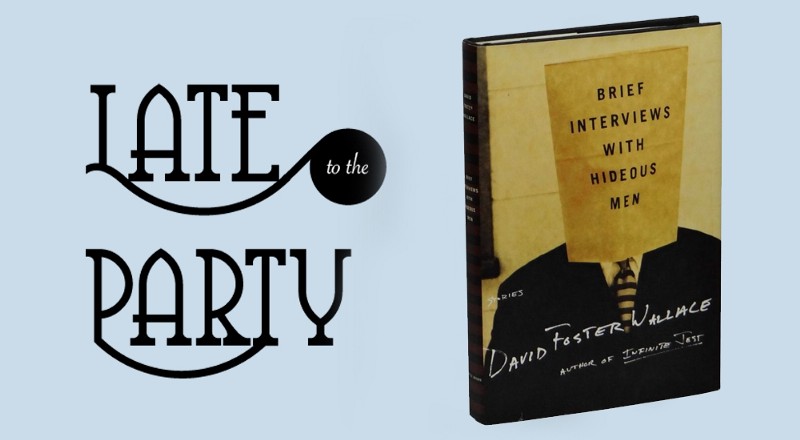Books & Culture
What People Do When Things Turn Bad
Fiona Maazel’s A Little More Human is a dense, funny novel

A Little More Human is a dense, complicated, and funny novel. While some writers, like Rachel Cusk or Sarah Manguso, are finding ways to dispose of conventional plot altogether, Fiona Maazel’s plot barely stops.
Phil, a middle-ish aged man, blacks out. There is evidence that he assaulted a woman. His father, Doc, is suffering from dementia. Doc’s assistant, Ada, has to pay her mother’s astronomic medical bills and plans to steal money from Ben, Phil’s coworker and friend.
Phil and Ben work at an experimental medical biotech facility (founded by Doc and his late wife) that specializes in complicated procedures. One of these involves profoundly altering the brain activity of a patient known as Two-Way. Maazel uses Two-Way to literalize some of the theoretical questions that run throughout the book. It’s in Two-Way’s room that Phil considers the emotional implications of what he cannot be certain he did not do.
The stranger within was a literary concept. A Freudian concept — the unconscious. But now it was science. And now it was Phil. The stranger in his head who had begun to do things at odds with who he had thought himself to be — that stranger scared him to death.
We all have our limits, but A Little More Human explores the possibility that we don’t know them like we think we do. Maazel gives the reader less to hold on to with Ada, who doesn’t grapple with the distance from who she was in quite as direct of a way. Instead, we go back to before the novel’s beginning.
In law school, she’d often transcribed the logic of some heinous opinion — Rehnquist on abortion, guns, the Fourteenth Amendment, federalism — to see what it felt like to arrange words in this way. She thought it might help her to accommodate other points of view. She did not want to be an ideologue. But it never worked. Instead, she’d leave the practice feeling evicted from herself and disgusted by the state of her house on return.
Ada did not graduate law school, but there is no doubt she is nostalgic for a time when distance from her ideal praxis was an exercise. There is, of course, little room for principle in situations that are as dire as Ada’s mother’s is. When the family is selling everything of value, furniture and wedding rings included, in order to afford the necessary drugs, stealing a large amount of money from someone is, if not permissible, at least understandable.
Doc’s story, on the other hand, is more or less free from the type of moral politics that complicate Ada and Phil’s trajectories. His dementia is not a choice and his only option is to cope with it as best he can. What he grapples with, instead, is his wife’s passing. A few years prior to the book’s beginning, her car crashed into a pole and she died at the scene. There were no skid marks or any other indication that she had tried to stop, and Doc is still reckoning with what might have been a suicide, and his failure to prevent it. He recalls a romantic afternoon they’d spent at Ellis Island and the conversation they had afterward.
…she turned to him and said she wasn’t proud of the New World or her part in it. Just one of several self-benighting comments she’d made that summer or fall, such that he was able to see through to her less and less. Sometimes, when these thoughts piled up in Doc’s head, he conceded that suicide might well explain her death, and if he didn’t know why, it was because he hadn’t tried hard enough to find her in the dark.
His reflection is natural, and all the more heartbreaking due to his worsening intellectual position. As he begins to forget things, this process will be less and less available to him. His mourning is urgent because he does not know when he will lose the ability because of his lost memory.
All three of them begin to act with desperation, and the question that A Little More Human is essentially always asking is: are people more themselves when in a crisis or less? In other words: are we most ourselves when pushed to the brink? Or is our true self the person we are most of the time? Maazel, like any good novelist, refrains from offering a clear answer.
The structure of the book, however, may offer some clues. There are three sections: What Have I Done, What Do I Know, and What Can I Do. These are questions for the aftermath, which is where A Little More Human takes place. By the time the book starts, the things that send Phil, Ada, and Doc on their individual but intersecting paths are already in motion. Maazel knows it’s easy to be good when things are good. It might not be an expression of everyone’s truest self, but it’s what people do when things are bad that matters most.









